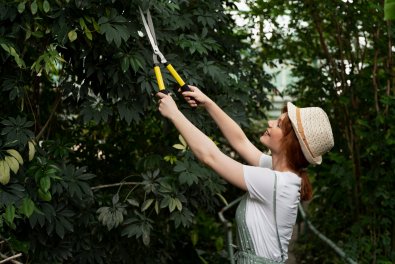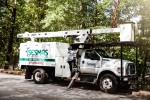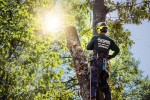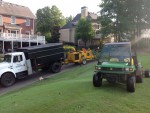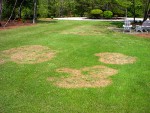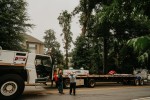Spotting Aphids on Larger Trees
Aphids, also called greenflies and blackflies, are common pests in landscapes that feed on sap. Like most pests, aphids are small, making it challenging to detect signs of an infestation. Aphids are one-eighth of an inch long, which makes them invisible during the initial stages of infestation. However, delaying maintenance increases the rate of deterioration in large trees.
If you suspect a problem with your trees, contact the Sesmas Tree Service for professional help. We are a reputable tree care company with extensive industry experience and knowledge, ready to help you detect and address an aphid infestation. Here are the telltale signs of infected trees.
Sticky Leaves
The easiest way to determine if you have an aphid infestation is to see if they are sticky. As mentioned, aphids feed on sap and often suck the sap out of the leaves. This results in a sticky residue following an aphid attack, and delaying treatment can compromise the tree’s well-being. Conduct routine inspections or hire a professional tree service to diagnose and address the problem. While stick leaves might not be a significant issue, you need to act fast before it affects tree health and longevity.
Black Fungi
Black fungi are common signs of an aphid infestation in large trees. The sap from the leaves creates ideal conditions for fungal growth, compromising the well-being of your trees. Although black fungi are merely a cause for concern in the initial stages, the spores can fall on the sap and spread. The last thing you want is an infested yard, increasing the risk of an aphid infestation. If you notice black fungi growing on your tree’s leaves, it may be time to call a professional tree care company to address the problem.
Sap Below the Tree
Check below the tree, particularly around the base, to see if there’s sap. Aphids feed on the sap, which inevitably falls on the ground. Therefore, sap on the ground below a tree may suggest an aphid infestation. Sometimes sap is not noticeable on the ground, so hire a certified tree service provider for routine maintenance. We can pinpoint the slightest sign of damage and recommend long-term solutions to prevent a recurrence.
Yellow Spots
There are many causes of yellow spots on leaves, including an aphid infestation. Aphids are yellow, and a full-scale infestation resembles the tree’s yellow spots. However, not all yellow spots are caused by pests, and you should consult an arborist for diagnosis and treatment. As mentioned, an aphid infestation often goes undetected, but experts leverage extensive knowledge to detect, diagnose, and address such issues before they get out of hand.
Curled Leaves
Curled leaves are the most noticeable signs of pest damage. As these pests feed on tree sap, they chew through the foliage, causing the leaves to curl downwards or upwards with time. If your tree has curled leaves, inspect it for telltale signs of an infestation, or eliminate the uncertainty by hiring a tree service provider.
Contact us at the Sesmas Tree Service to schedule a consultation with our team of experts. We know the signs of pest infestations and proven strategies to address the problem permanently. Let our experts help you maintain healthy and durable trees without breaking the bank.


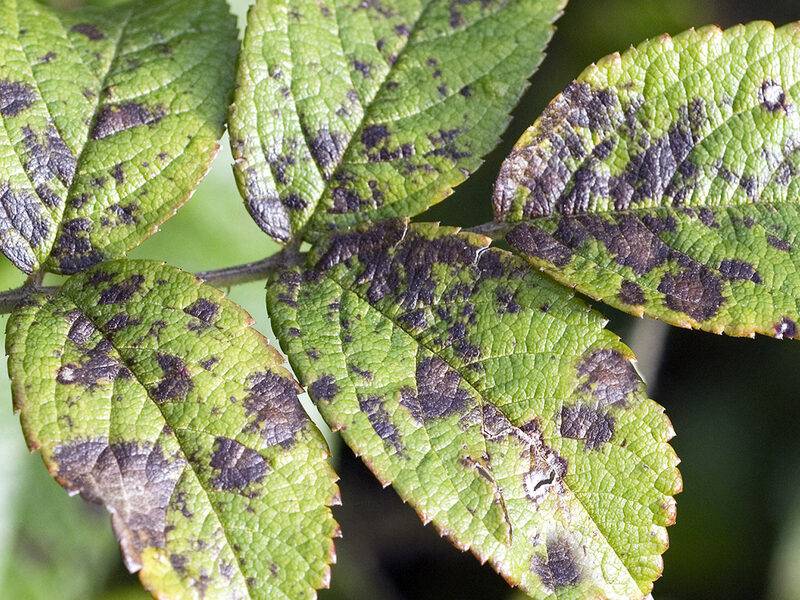

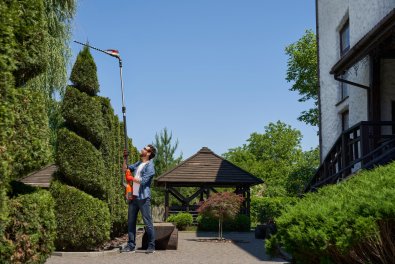
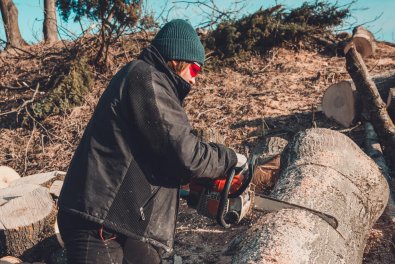
.jpg)
